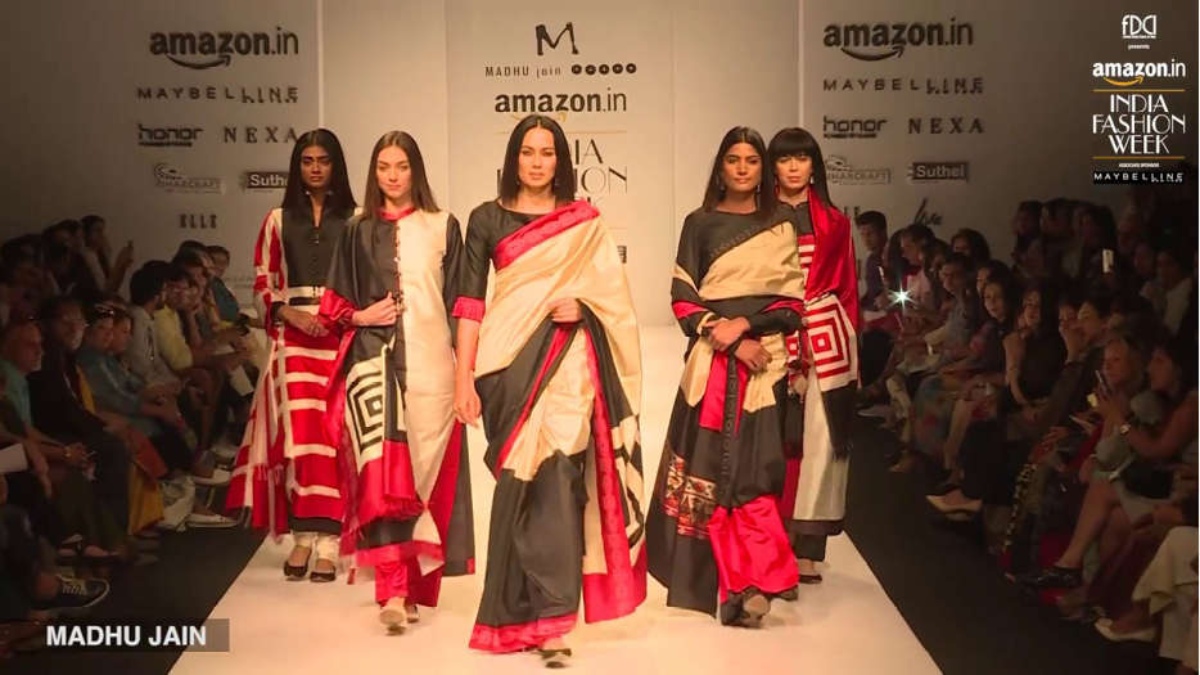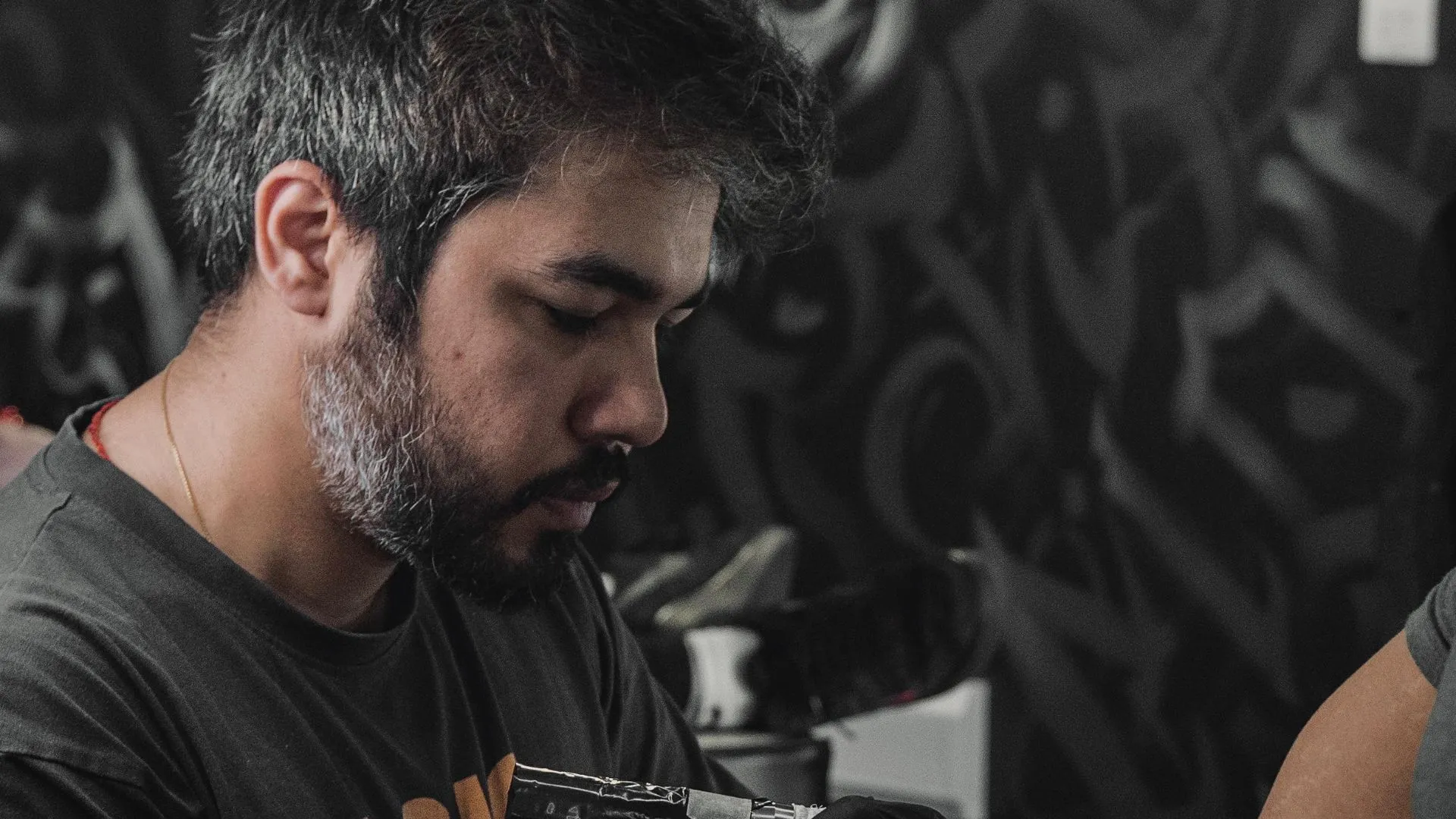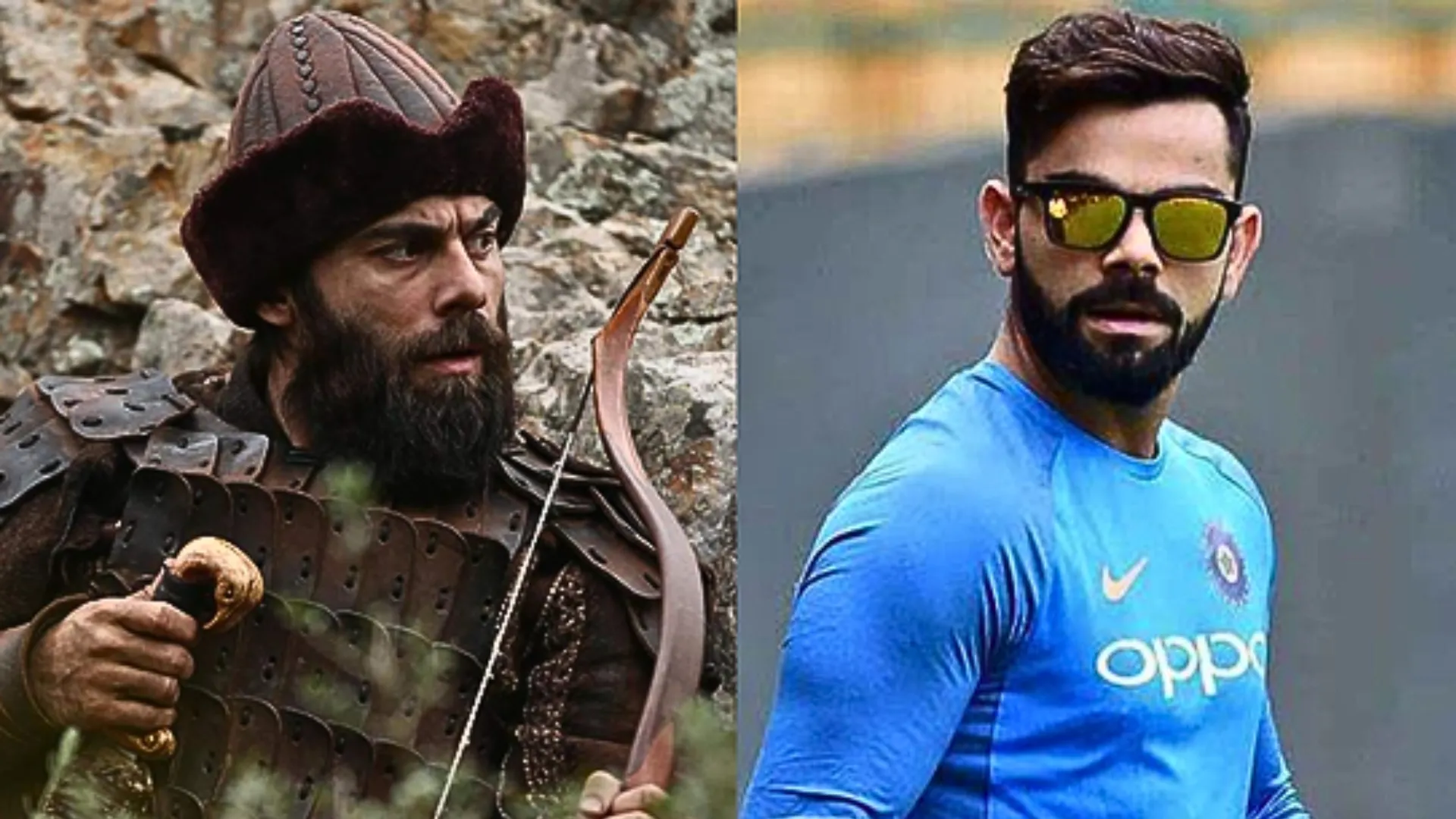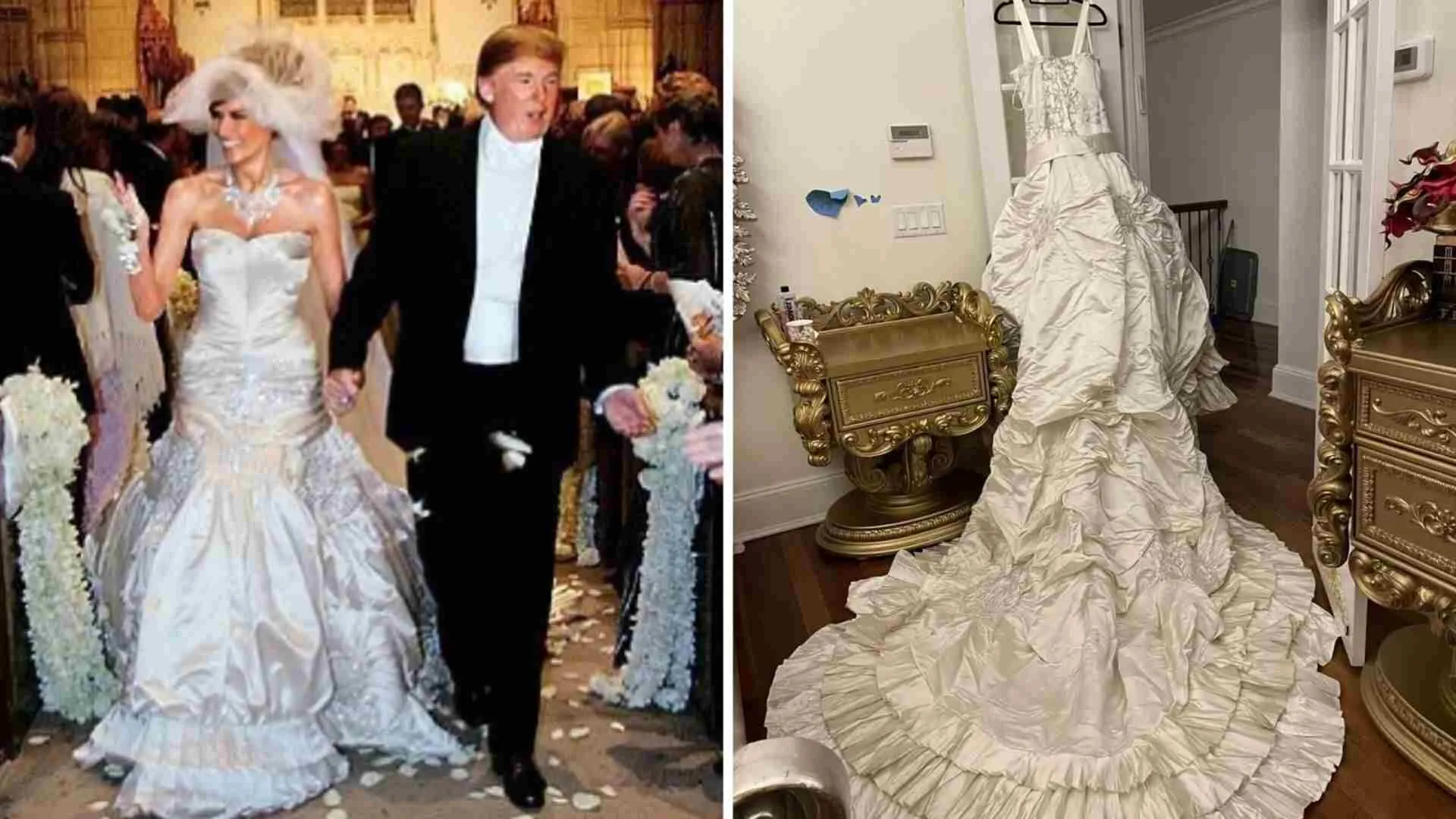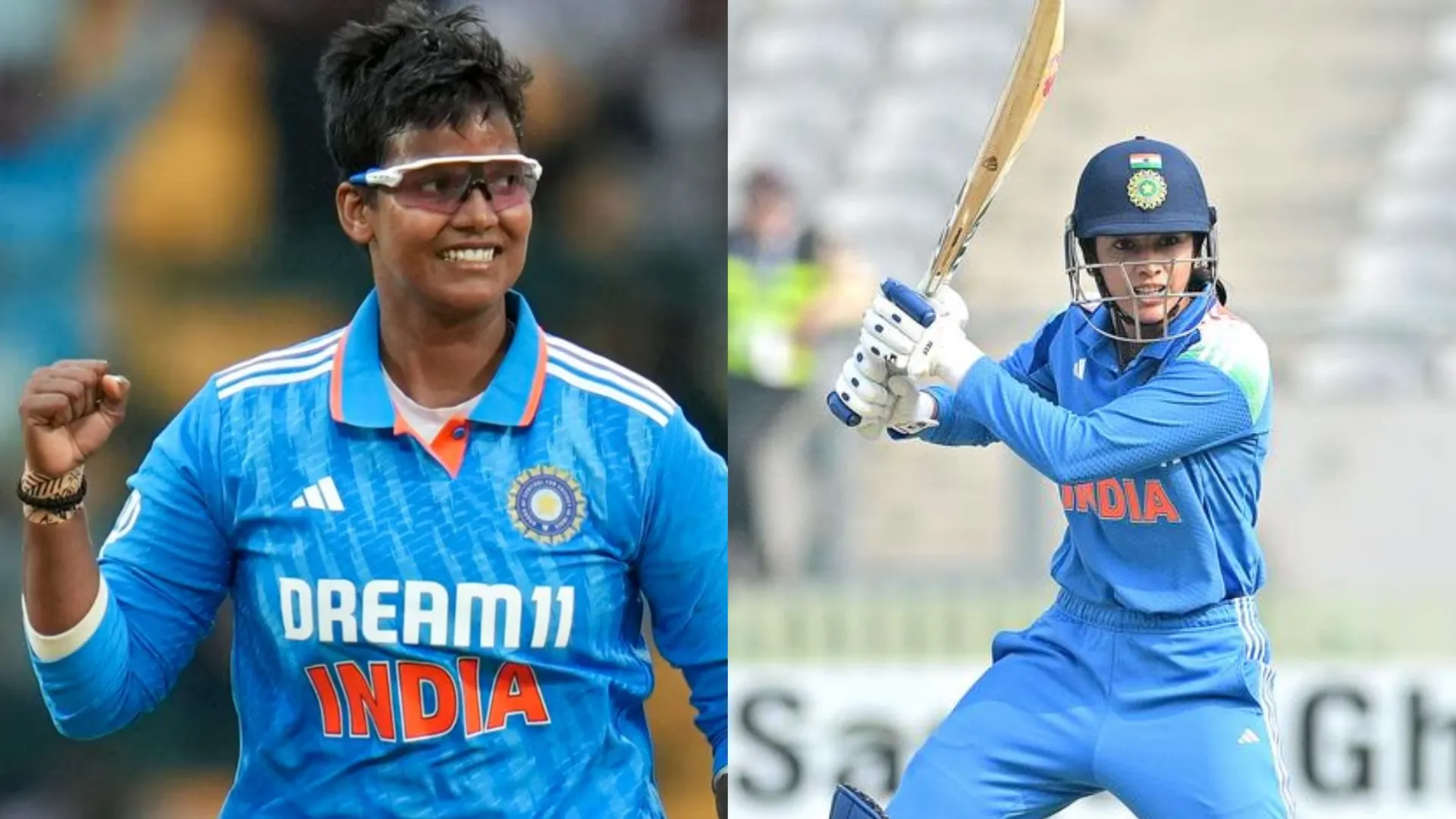I have been told that it is World Sari Day this Monday. This is something laughable for me, because, at a subliminal level, for a sari addict like me, every day is sari day. It is my Osho pants, my pair of blue jeans, my comfy kaftan and also my answer to formal, occasion wear. Simply put, it is my only preferred mode of dressing. And the best part is that people like me can drape the sari in five minutes flat.
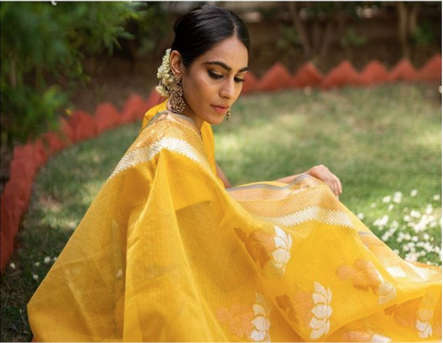
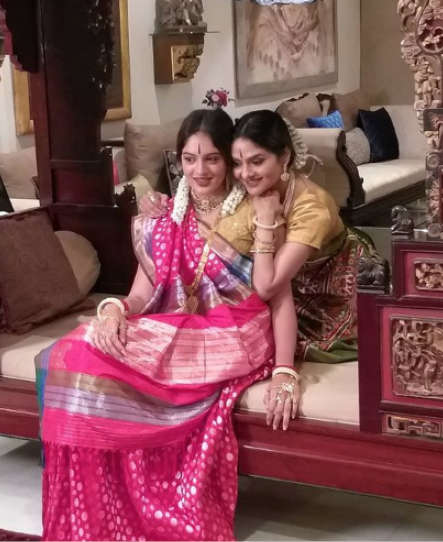
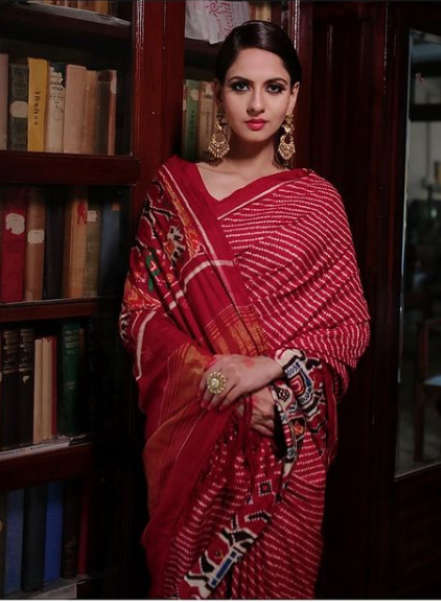
All through the pandemic, the one thing I missed most was rummaging through the sari closet, hand-picking a perfect weave and then matching it to the many funky blouses that keep the drape tradition exciting for sari wearers like me. So, this World Sari Day, I have decided to list five textile protagonists, whom I love, admire and collect a piece from with money I save up for that proverbial rainy day. Although my best pal and soul sister, Madhu Jain, is guilty as charged for ensuring I add an inimitable piece by her every year. Someone whom everyone calls the Ikat queen, Madhu has over the years actually dabbled in many a forgotten weave tradition. From the art of telling the Ramayana in a Baluchari, to the depiction of the Devi in Kalamkari, the sharp and chic treatment of the Teliya rumal to the sheer beauty of a Thai Ikat… Madhu has woven them all. It is she who recreated the classic red, white and black combination in bold horizontal stripes and larger-than-life checks, a design that changed the Ikat landscape forever.
Then there was the ubiquitous kota, a fabric developed as a mosquito net by the royal family of Kota, later turning into a gossamer cousin of the cotton—very everyday wear and predictable in its treatment—till Vidhi Singhania started working with the weavers there. She brought in the Banarsi Jangla, the Mughal boota and the Rajasthani leheriya into Kota, added pure zari to the warp and weft and changed this textile forever. And then suddenly, kota, now woven in half-silk and half-cotton, was being worn at summer weddings too.
In a similar vein, the ombre-dyed chiffon, a signature of royal India, was turned into a treasure by the mother-daughters trio behind Sritanabana. To every vegetable-dyed chiffon in many hues of the same colour, they added hand-woven borders in a host of vintage designs, each custom-created nine-metre-long border blending two counts of silk and one count of pure silver and gold. The soft feel of chiffon and the rich touch of the borders are truly lustworthy.
As for the collectors and the connoisseurs, the textile protagonist to turn to is the maestro Bela Sanghvi. For, in her textile world stands recreated the weave tradition of the Ashawal, founded many eras back in the court of Emperor Akbar, brought to Gujarat by the rich traders and thereafter forgotten for years till it was restored, revived and made available by Bela. A single weave takes as long as six months to finish. Interestingly, the Badshahnama shows Jahangir wearing a stunning jama in the weave.
From Gujarat as well comes Nirmal Salvi, the name most synonymous with Patan Patolas, with each of his pieces fetching a price as high as Rs 2-3 lakhs and every one of his weaves gracing the wardrobe of collectors from the Marwari and Jain communities. A master weave that has become a synonym for craft perfection, the Patan is the highest on every textile lover’s list, and a treasure to aspire to.
This World Sari Day, all I can say to first-time buyers is to invest in a weave and save the weaver, simply because the weaver does not spin just threads, but an era of heritage together.

